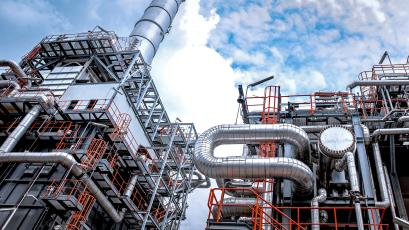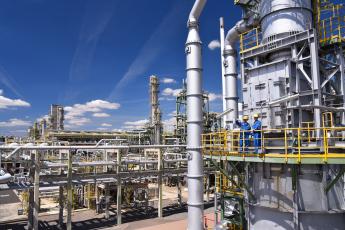The U.S. refining and petrochemical industries rank among the safest manufacturers in the nation — a claim that makes us very proud. In the past 30 years, our injury and illness rates have dropped to less than one incident per 100 employees annually, which is five times lower than the total recordable rates of the entire manufacturing sector.
In our industries we like to say that we keep our people safe because safety is a core value for leadership, our employees and our contractors. But what does this mean? It means that we are looking for ways to continually improve and to simply be better. This includes investing in our equipment, following rigorous procedures and practices, and leveraging the power of emerging technologies to enhance existing safety practices.
Here are just a few examples of how we are using today’s technology at our facilities to advance safety:
- Drone Technology is keeping plant workers out of potentially hazardous situations and allowing safety professionals to react and respond within minutes of an incident or identified problem. At Shell’s Deer Park Manufacturing complex, the Drone Aerial Response Team (DART) monitors livestream video footage after weather incidents, like hurricanes and flooding, to assess potential site damage including pooled water on top of storage tanks, which can sometimes be unsafe. These drones logged 477 flights in 2017, preventing workers from being in potentially dangerous situations, and providing an added benefit of an estimated savings of $1.2 million from avoided maintenance and employee overtime. DART also assists local law enforcement, government agencies, and the Texas National Guard in security, clean-up and public safety, health, environmental efforts after natural disasters.
- Automated Intelligence like robots are allowing the industry to operate more safely while saving time and money. At Phillips 66, a robot can take high resolution photos of the interior of their above-ground diesel storage tanks and can take readings of the tank's sediment levels—meaning employees don't have to enter the tank for inspection.
- A Connected Workforce allows workers to operate with improved safety. At Honeywell, “intelligent wearables” can pinpoint workers in a plant, signal if they are in danger and notify site managers or medical teams if assistance is needed. In the event of an emergency, the geolocation features in these devises can guide workers to assembly points.
- Virtual Reality technology is being used to prepare employees for complex or unfamiliar scenarios, where they can become more skilled and comfortable with equipment and processes before they step onto a facility site, laying a strong foundation for safer operations. At Exxon, virtual reality allows teams to train for tasks by performing them in controlled, learning environments, better preparing them for the real-life tasks.


